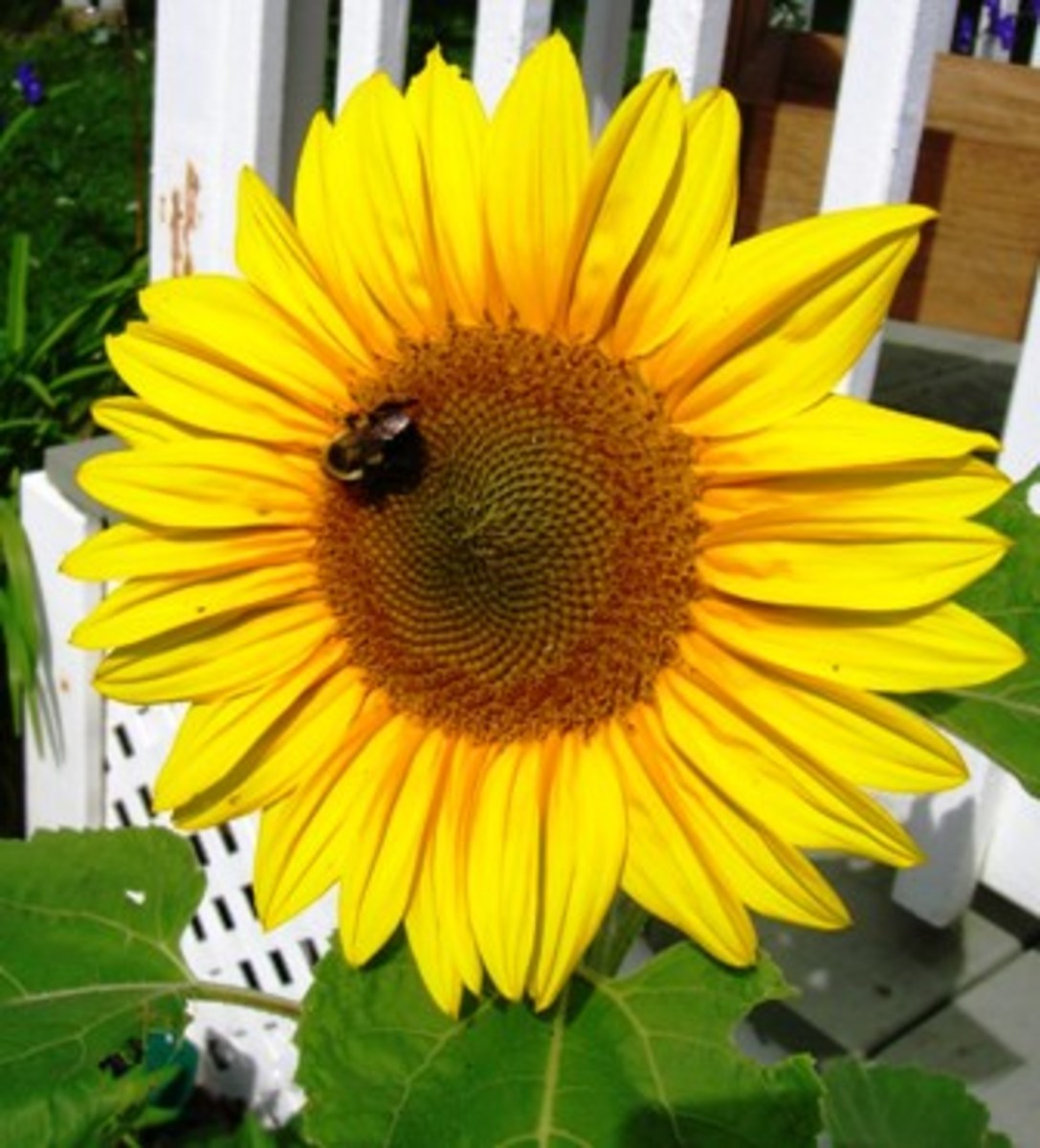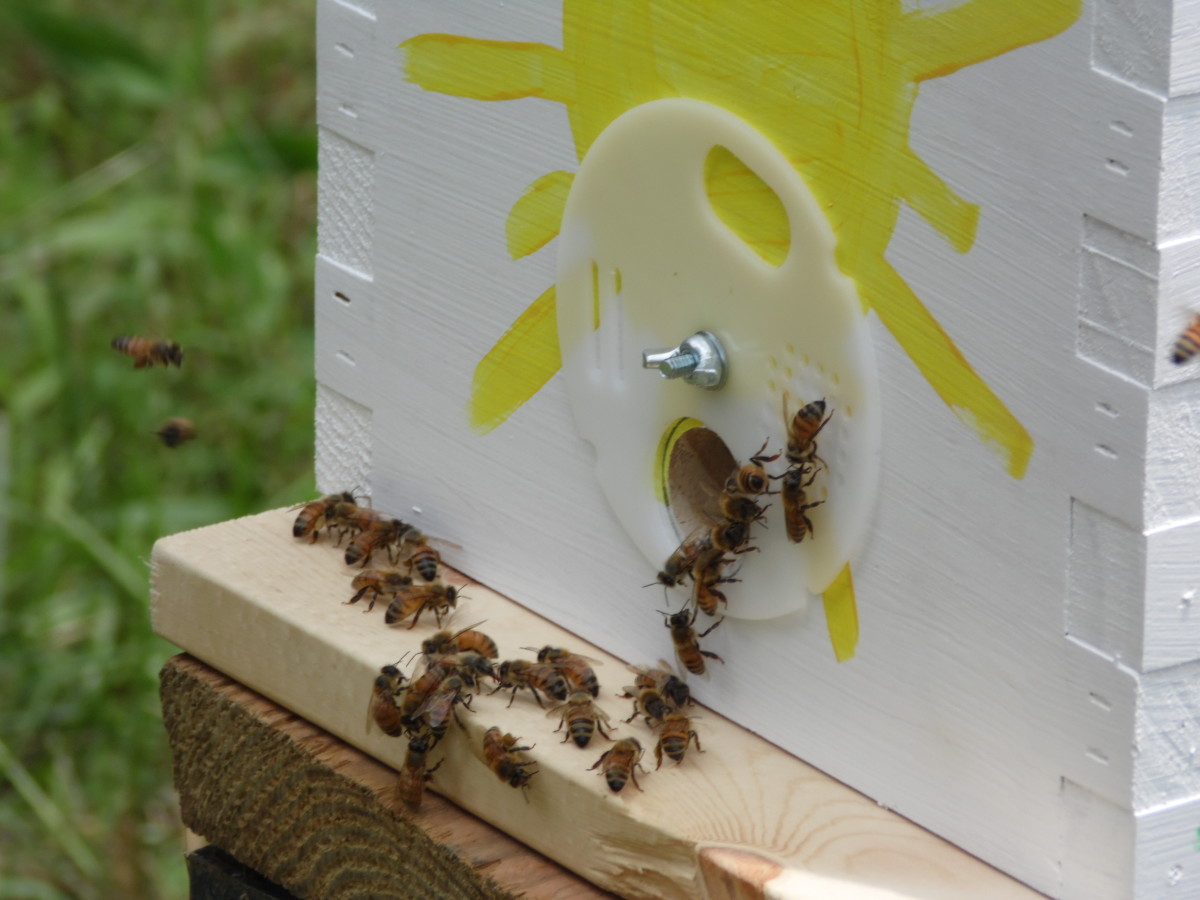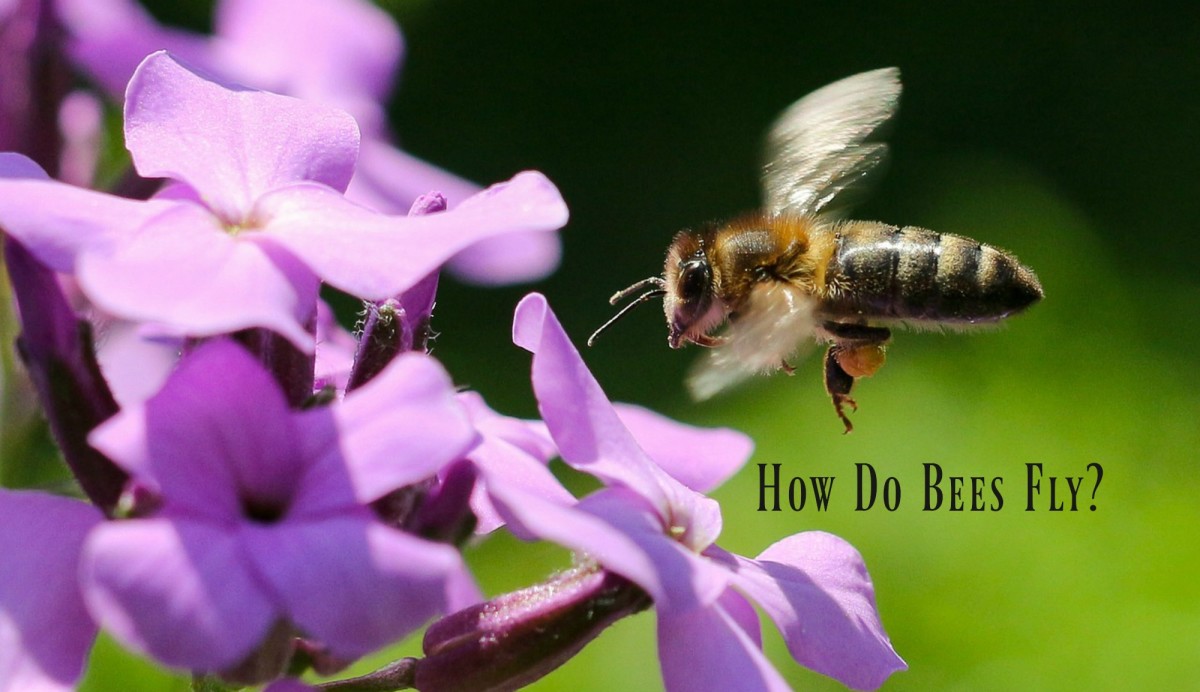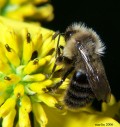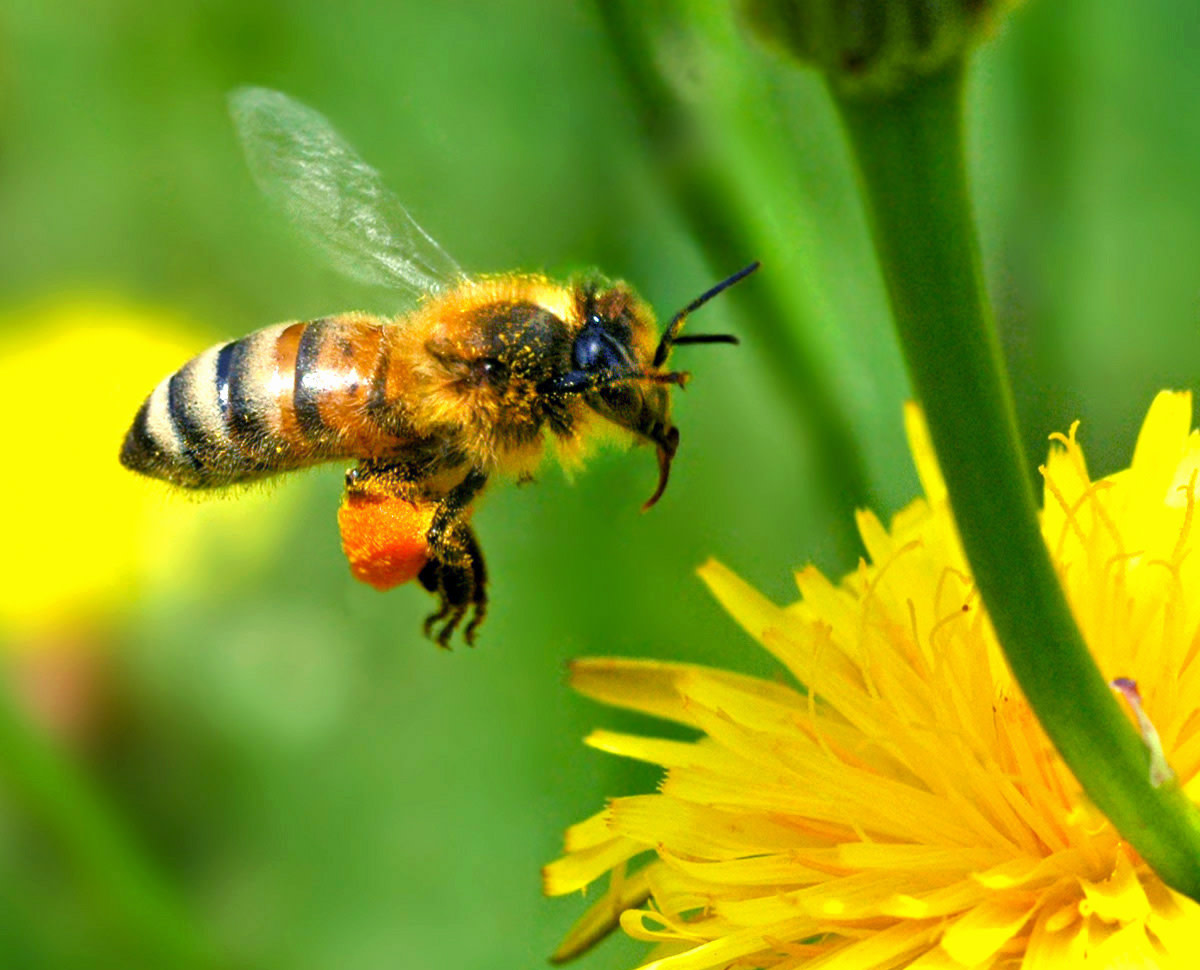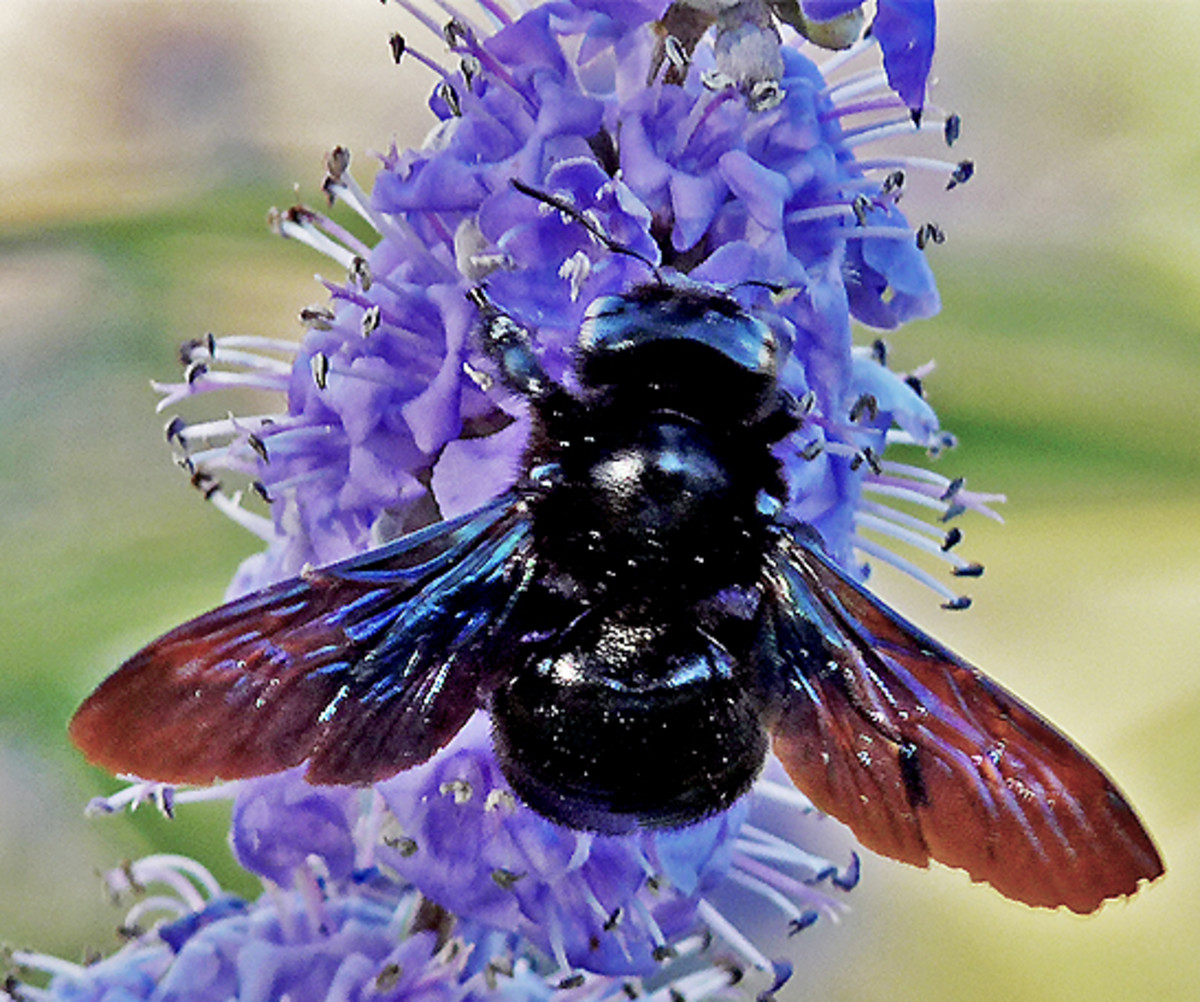Study shows effect of atmosphere and topography on ecotypes of honey bees.
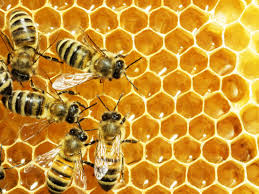
Honeybees Examine
Western Ghats has uncovered how climatic conditions and topography influence the developmental example of bumble bees prompting unmistakable geological "races" called ecospecies or ecotypes.
"By recognizing ecotypes, beekeepers can pick a high yielding assortment of honey bee species."
Clarifying the idea of ecotypes, "A taxonomical key draws on finding morphological attributes inside similar species.
Honey bees of all assortments live on nectar and dust. Without honey bees, fertilization would be troublesome and tedious - it is evaluated that 33% of the human nourishment supply relies upon creepy crawly fertilization. Honey bees have a long, straw-like tongue called a probiscus that enables them to drink the nectar from profound inside blooms. Honey bees are likewise furnished with two wings, two recieving wires, and three fragmented body parts (the head, the thorax, and the guts). Bumble bees are social bugs that live in states. The hive populace comprises of a solitary sovereign, two or three hundred automatons, and a huge number of working drones.
The bumble bees we know and love here at Honeybee Center rummage for nectar and dust from blossoming plants. They utilize the nectar gathered to make our preferred sweet treat - nectar! While conveying the nectar back to the hive, their bodies separate the unpredictable sucrose of the nectar into two straightforward sugars, fructose and glucose. Tucking it conveniently into a honeycomb cell, the honey bees will at that point beat their wings angrily over top of this syrupy sweet fluid to fan out the dampness and thicken the substance. At the point when it is finished, the honey bees will top that cell with beeswax, fixing the culminated nectar for utilization later on.
© 2020 Suyog Rane

